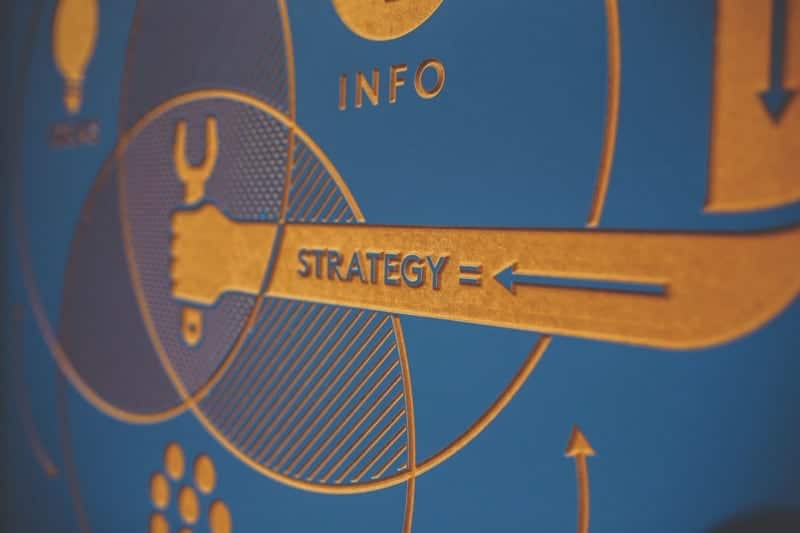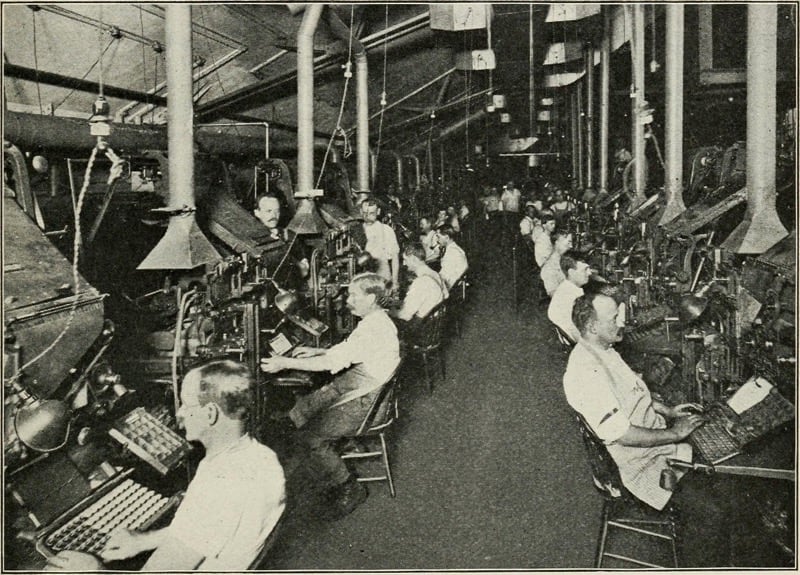About two years ago, I started a job at Intel as a Brand Journalist. But, the position in general is not one that is widely known or used within corporations. There are various offshoots of it like Content Marketer, Digital Storyteller and even the Embedded Journalist (which is probably the closest approximation to Brand Journalist). So what is a Brand Journalist exactly?
First, you need to break it into two words and understand those definitions. “Brand” as defined by Webster is: “a category of products that are all made by a particular company and all have a particular name.” Webster defines “journalist” as: “a person engaged in journalism; especially : a writer or editor for a news medium.” Both of these are a bit vague in my mind and don’t supply enough context.
Seth Godin, author, entrepreneur, marketer, and public speaker, defines brand in a much more relevant and appropriate way:
“A brand is the set of expectations, memories, stories and relationships that, taken together, account for a consumer’s decision to choose one product or service over another. If the consumer (whether it’s a business, a buyer, a voter or a donor) doesn’t pay a premium, make a selection or spread the word, then no brand value exists for that consumer.”
The American Press Institute defines journalism as: “the activity of gathering, assessing, creating, and presenting news and information. It is also the product of these activities” and continues to state the elements of “good” journalism as:
- Journalism’s first obligation is to the truth
- Its first loyalty is to citizens
- Its essence is a discipline of verification
- Its practitioners must maintain an independence from those they cover
- It must serve as an independent monitor of power
- It must provide a forum for public criticism and compromise
- It must strive to keep the significant interesting and relevant
- It must keep the news comprehensive and proportional
- Its practitioners must be allowed to exercise their personal conscience
- Citizens, too, have rights and responsibilities when it comes to the news
Now we are getting somewhere. From an initial outside view, the two items of brand versus journalist are diametrically opposed. How can one write about one’s brand while maintaining an unbiased, transparent and journalistic voice. And, with the tremendous influx of blogs within both the corporate and news world, how is fact separated from fiction? Or Marketing separated from Public Relations for that matter?
As I explain the idea of being a brand journalist to my friends, family and peers, I frequently have to tightrope walk between the terms. Truth be said, I’m not an expert at any of these, but I have worked in each for many years and have enough knowledge to be dangerous. At a high-level, here are some important definitions of my own:
- Blogger – someone who produces opinion-based content
- Journalist – someone who produces relatively un-biased, fact-based content
- Marketing – discovers, nurtures and engages with customers and prospects through a variety of paid and unpaid strategies
- Public Relations – conveys the news and the facts about a company or organization to outside groups
Of course, it is practically impossible to truly boil these definitions down to just a few phrases. AND there is overlap. Marketing may employ the use of bloggers or other content creators to engage an audience. Public Relations will work with journalists and the media, and even influential bloggers to get the news out to a wider or specific audience as well. And there are definitely bloggers who convey the facts and are extremely “journalistic” in their approach. Similarly, journalists may have their own OpEd blog to be more personal with their content.
Working as a Brand Journalist
But then we come back to the “brand journalist” concept. In my mind, this is someone who is looking for, researching, identifying and capturing news coming from within or around a particular organization, and then turning it into fact-based, unbiased content. It could be completely corporate (more what I was doing) or specific to a particular product or business unit. The scope of the brand journalist is really up to the company or organization.
For my particular job, I looked inside and around Intel for trends, technology and/or people who were using Intel technology, unique within their field, or doing something that traditional media may have overlooked I then wrote that story, all of it with some type of tie-in to the Intel brand, some more obvious than others. The goal of the produced content was to provide it to the tech and general media at large, free of charge, without any restriction to use. The articles I wrote or photos I took did not have a by-line and many news organizations or online sites completely copied the content and put their own authorship on it.
And this is what was desired.
When I first started the position, I wrote about it “I’m Writing Tech News for You to Steal” which dives into the position a bit deeper. Now, more than a year and a half later, I feel the need to talk about it at a higher level.
Honestly, I think that the Brand Journalist concept is dying off and being replaced or just overwhelmed by content marketing, advertising, paid/sponsored content and even social media.
For those who are interested in the type of articles I wrote while doing the Brand Journalist position at Intel, I have compiled all of my articles in one lengthy PDF file for your reading pleasure. Do note, there are over 60 articles in this document. All of the articles are images, so you won’t be able to copy the text, sorry. It was simply easier to capture the articles this way.
I have created two versions:
- High Definition/larger file (~152 MB)
- Low Definition/smaller file (~15 MB)
So, to circle back to definitions, how is “brand journalism” defined? I like how it is described on BrandJounalists.com:
“Brand journalism involves telling journalism-style stories about a company that make readers want to know more, stories that don’t read like marketing or advertising copy. It means having conversations with your customer — not preaching at them or bombarding them with bullet points but giving them real and interesting stories they can relate to. People today are so inundated with advertising and marketing speak, they now filter out marketing messages and a well-told story is the best way to get your message across.”
Core to this definition is the story. Brand Journalism is one of many forms of corporate storytelling. But perhaps it is more about history and fact than fable or lore.
Putting Brand Journalism into Content Strategy
I do believe that brand journalism has its place within business. And, it should be potentially incorporated into a well-rounded content strategy. There are many different ways of telling a story from blogging to video/photographic content to advertising to content sponsorships to social media in general. Each tactic reaches a different audience and has varying levels of engagement.
HOW your story is told, whether it is about a product or service or believe or person, is where brand journalism is inherently different. If properly crafted, brand journalism content is more truthful, transparent and authentic, while still adhering to conveying a message about the brand. In actuality, it doesn’t always have to shine a positive light on the subject, and by being balanced (presenting different sides to a story), the content becomes yet more authentic and believable.
As a blogger who has been writing opinion-based content for over a decade and with no formal journalistic training other than a course in college and some on-the-job advice, the initial transition from blogging to journalism was a bit of a challenge for me. I had to remove the “I” and “my” and “me” from my writing and relied heavily on stats and quotations from subject-matter experts. In the long run, however, putting on the hat of a “journalist” allowed me to, I believe, write better as well as look at topics with an even more critical eye.
So, as you develop your brand and content strategies, don’t forget about the Brand Journalist. Look for people who have journalism experience or degrees. If they are professionally trained, you may have to educate them on the nuances of writing about a single brand. If they are bloggers, they too can be coached to evolve their writing practice to be more journalistic in nature.
In the end, brand journalism gives you another avenue for your content or brand to travel.
Do you know any great brand journalists or corporate storytellers? What makes them so good? What do you like about their writing? Be sure to leave a comment.
HTD says: A well-rounded content and/or brand strategy should involve various storytelling components. Be sure that brand journalism is one that you consider.




